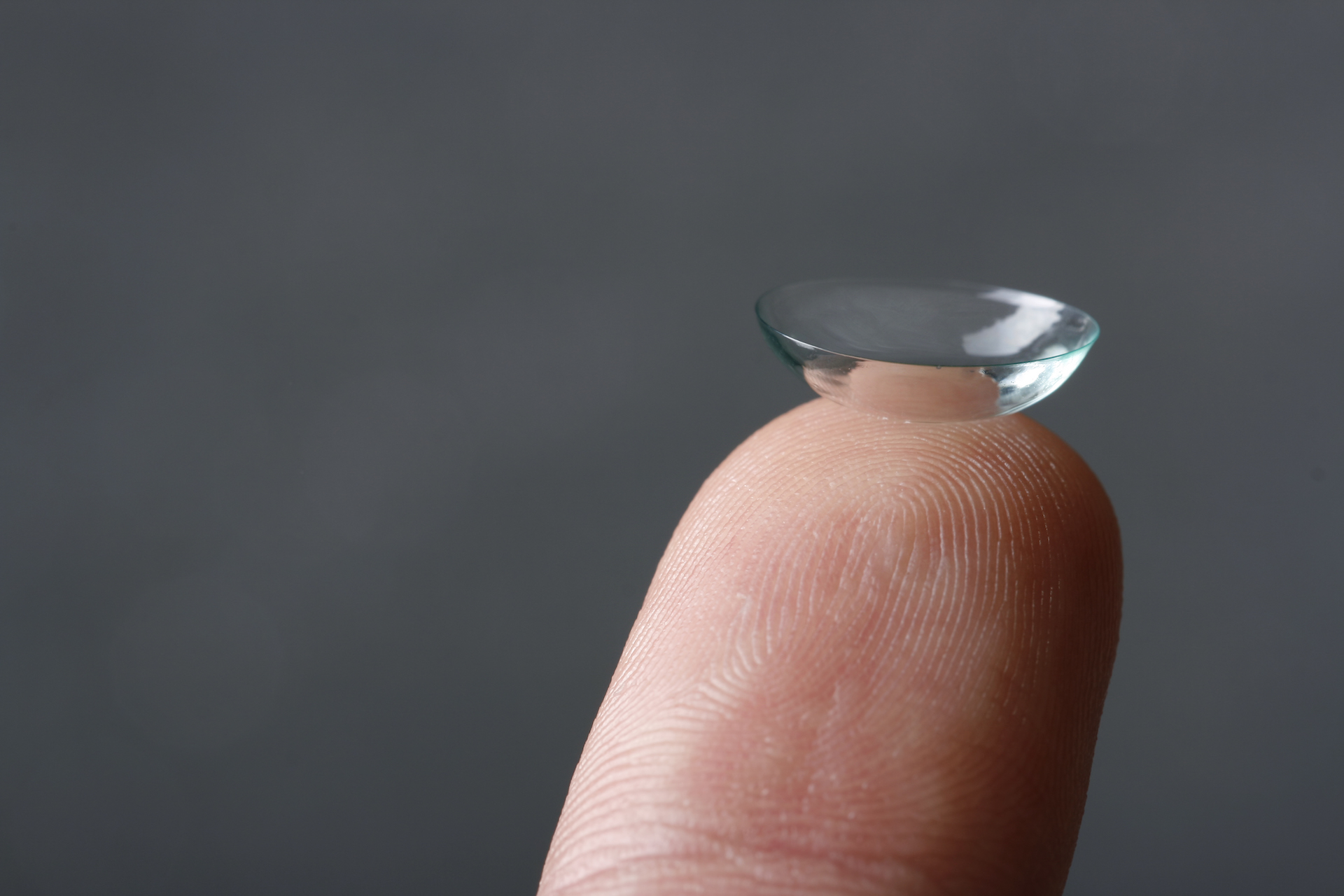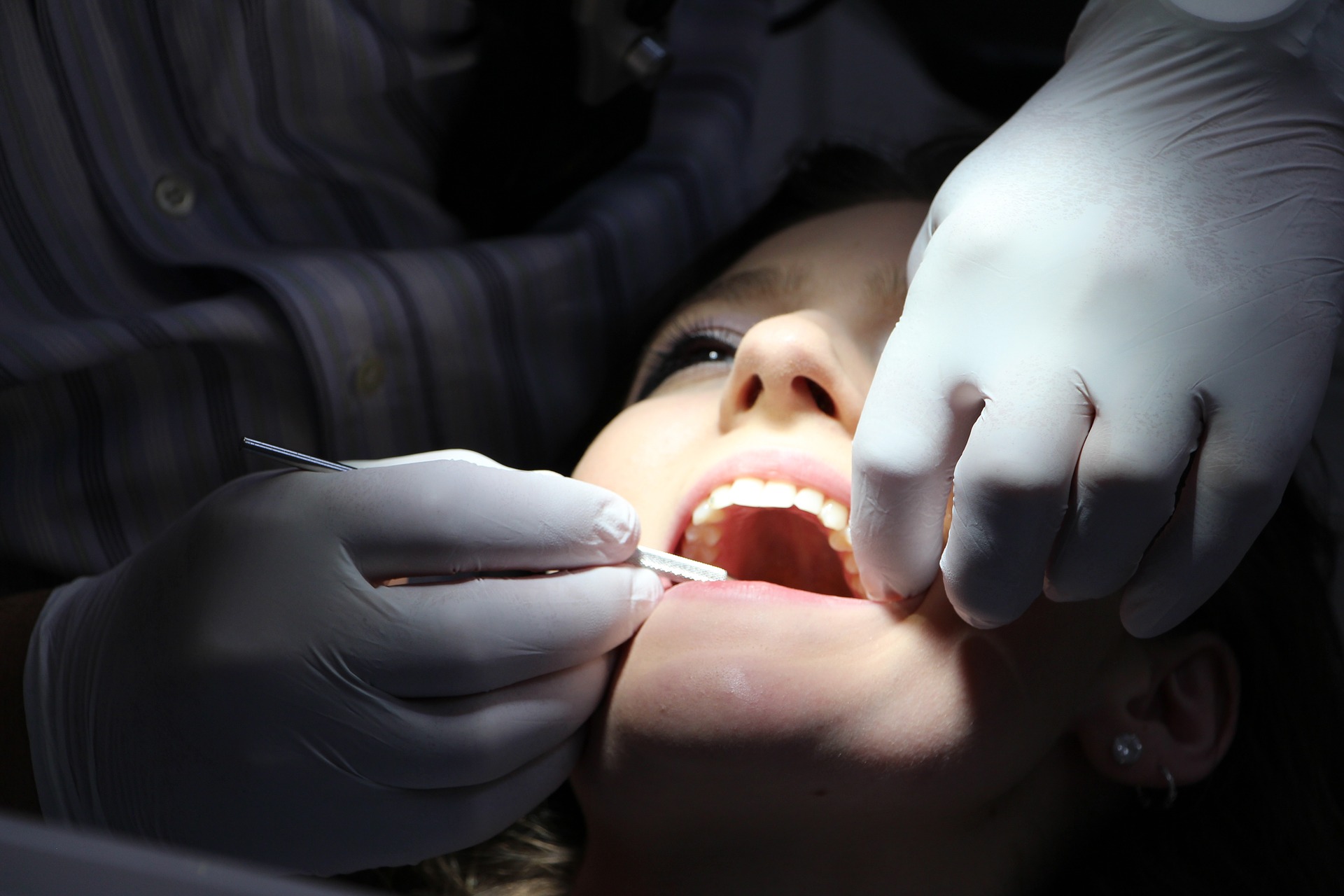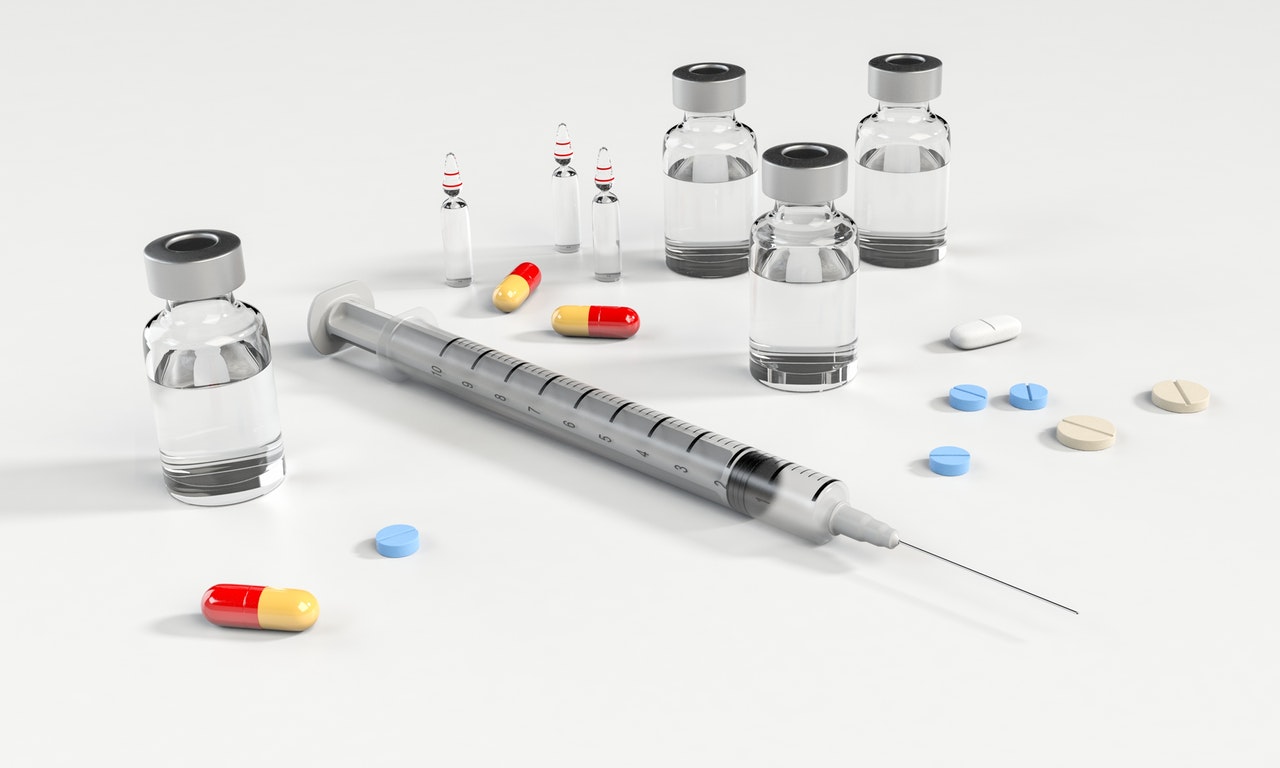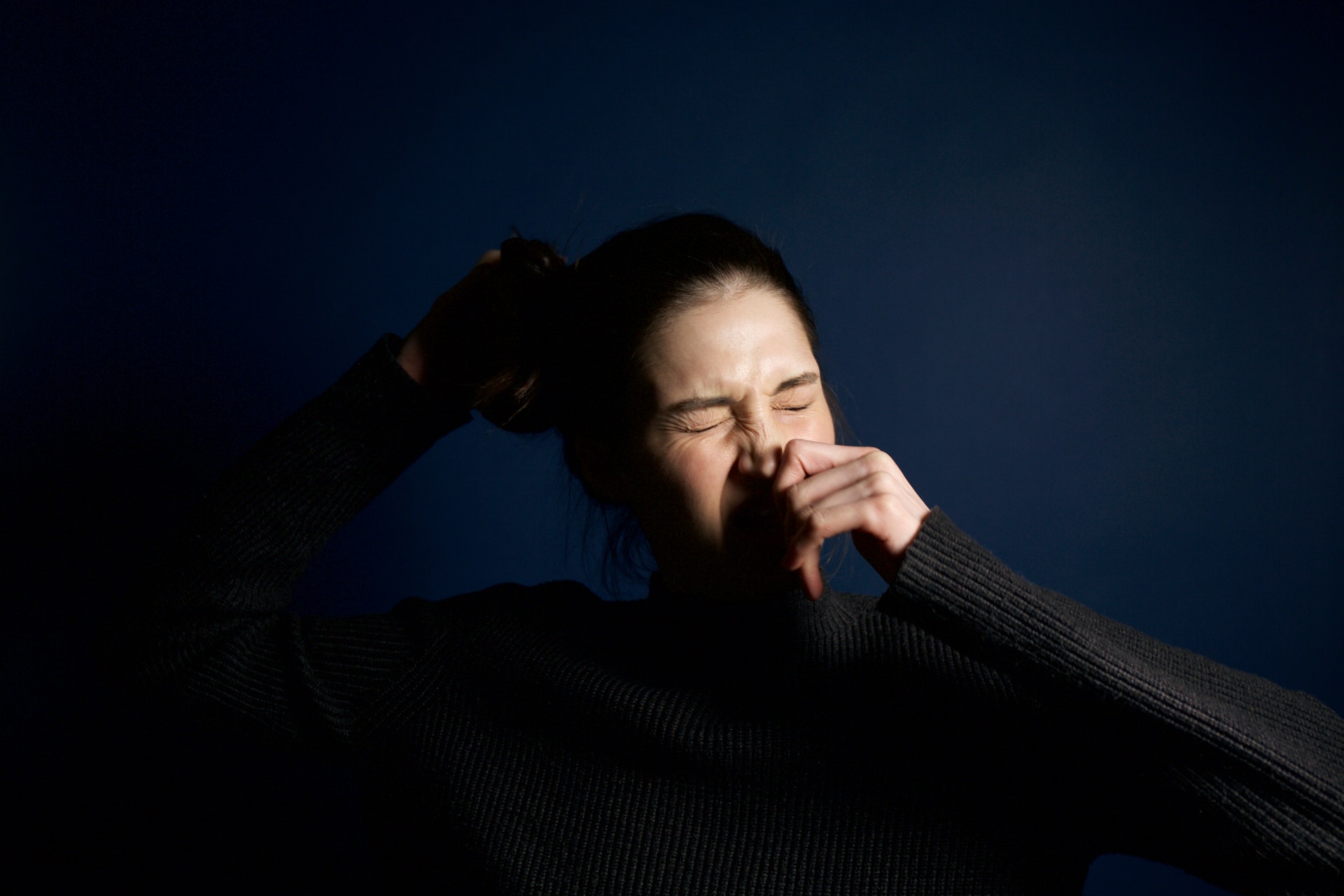Weeds are always everywhere and can wreak havoc when they’re growing endlessly in your yard. It’s the perennial enemy of gardeners, farmers, and homeowners. A great way to eradicate them is through the use of herbicides like Roundup. This herbicide is very effective in killing weeds and with long-lasting effects.
However, Roundup has been receiving a lot of backlash because of so-called negative impact on consumer health as well as to the environment. Its main ingredient, glyphosate, is said to be a human carcinogen that causes cancer like Non-Hodgkin lymphoma. Many lawsuits have been filed by persons who were said to be afflicted by cancer due to their exposure to it. At least two popular cases won against the company were those filed by Dewayne Johnson who was awarded $78 million as well as that of Edwin Hardeman, who was awarded more than $80 million.
What is Roundup and how does it work?
Roundup is a brand of herbicide manufactured by Monsanto, a company acquired by Bayer in 2018. Its main ingredients include isopropylamine salt of glyphosate and polyethoxylated tallow amine, a surfactant which is a compound that acts as an emulsifier or foaming agent. The herbicide kills weeds and grasses that overtake crops. It works by inhibiting a certain enzyme, EPSP synthase, which plants need to grow. The absence of this enzyme makes plants turn yellow and eventually wither and die. Just as antibiotics kill bacteria, similarly, glyphosate kills plants. With the popularity of Monsanto’s genetically engineered seeds that grow to become glyphosate-tolerant crops, also known as Roundup-ready crops, farmers and gardeners can use Roundup liberally in eradicating weeds and grasses.
Usual Side Effects Due to Brief Exposure to Roundup
These are some of the usual side effects after brief exposure to the herbicide:
- It may cause eye and skin irritations.
- It may cause nose and throat irritations due to spray mist inhalation.
- It causes burns in the throat and mouth, diarrhea, vomiting and nausea in cases where it’s intentionally ingested. Animals exposed to the herbicide lose their appetite, drool, vomit and experience diarrhea.
What are the adverse effects when exposed to Roundup?
The popularity of Roundup was highly questioned because several studies showed that it has adverse effects like cancer. The International Agency on Research and Cancer (IARC) reported in 2015 that glyphosate is carcinogenic and may cause cancer according to studies made on glyphosate exposure among various countries. Further, a February 2019 study by Luoping Zhang, a University of California toxicologist, showed that exposure to the herbicide was closely linked to an increased risk of contracting Non-Hodgkin lymphoma or NHL.
Non-Hodgkin Lymphoma: What it is
Non-Hodgkin lymphoma is a type of cancer that begins in the white blood cells, also known as lymphocytes which fight infections. NHL usually originates in the lymph nodes and immune system cells that are found all over the body and connected by lymphatic vessels. It may also start in the spleen, bone marrow, tonsils, thymus, and digestive tract. The two types of NHL are the B cells lymphoma and the T cells lymphoma. The former normally protect the body against bacteria by producing antibodies while the latter safeguard the immune system by destroying the body’s abnormal cells.
What are the ways that Roundup can cause cancer like NHL?
A person can be exposed to the herbicide through eye exposure, inhalation and skin exposure. These are some of the ways with which Roundup can potentially cause cancer like NHL:
- Proliferation of lymphocytes
- Disruption of endocrine functions
- Creation of free radicals that damage cells and DNA
- Suppressing the immune system which in turn leads to tumor growth
- Destruction of gut bacteria
- Damaged to the kidneys and pancreas
- Binds with calcium, zinc and magnesium resulting in its deficiency.
There is an increased risk of developing cancer like NHL if you use the herbicide for more than two days annually according to Dr. Dennis Weisenburger, a pathologist.
How to get help if you contracted Non-Hodgkin lymphoma?
If you have contracted Non-Hodgkin lymphoma because of exposure to Roundup then it’s best to seek the help of lawyers that specialize in environmental litigation matters. These lawyers will assist you in claiming compensation for the medical bills that you’ve incurred. The monetary compensation shall also include lost wages due to inability to work, economic loss as well as a monetary equivalent for the pain and suffering because of the diagnosis.
The people who were mostly afflicted with NHL include the following: landscapers, gardeners, farmers, groundskeepers, and garden center/nursery workers. Along with their families, these people who have contracted cancer such as NHL due to Roundup exposure are eligible for compensation. A period of 3 years is given to file for compensation after the NHL diagnosis. When reaching out to your compensation attorney or lawyer of choice, make sure that you provide your diagnosis papers to them so that they can assist you every step of the way.









